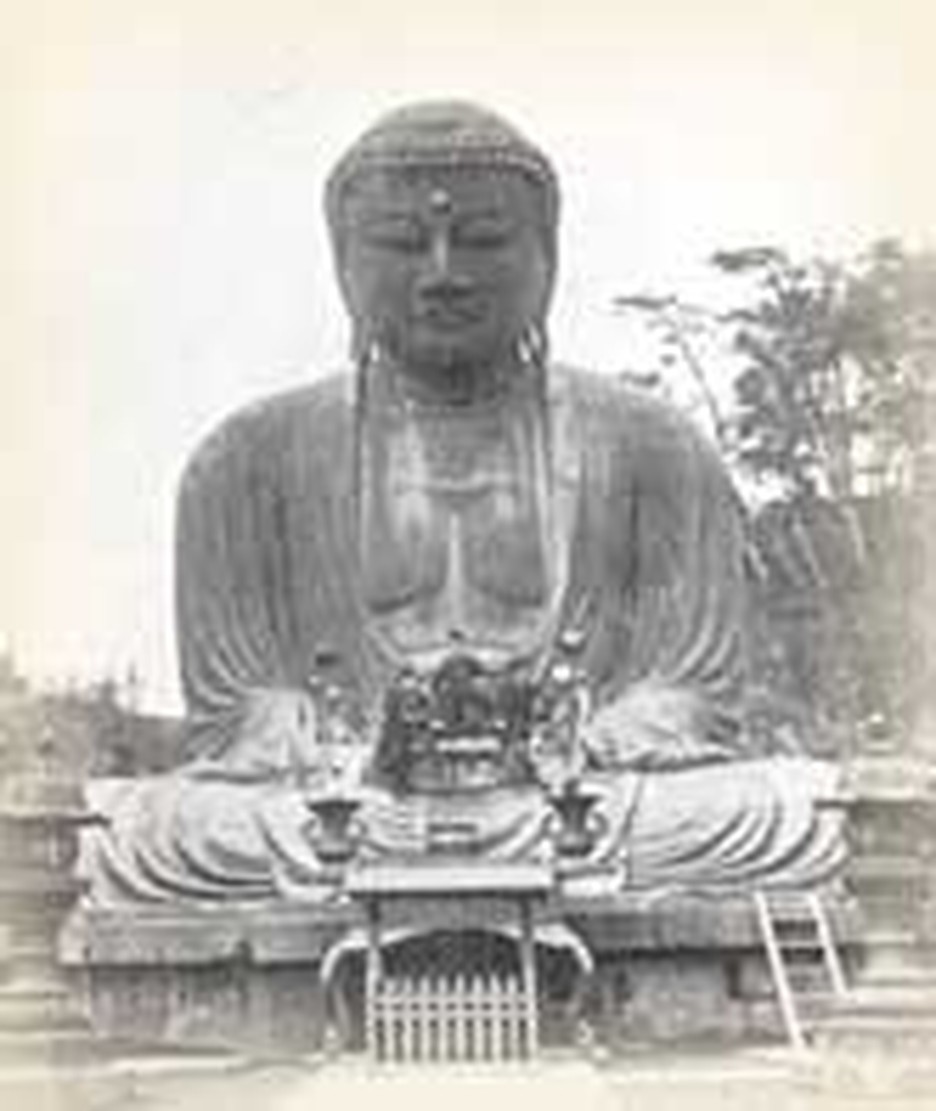
The orthodox church in Japan is not known as "Nikolai Kyokai" (Nikolai's church) but it could be. Few have done so much to win souls in the Land of the Rising Sun as Ivan Kasatkin, better known as Nikolai.
Ivan was a student when Japan opened its doors to a Russian embassy in Hakodate. As part of the agreement, the Russian diplomats were allowed a chaplain. Ivan volunteered for the position. As soon as he could be ordained, he took monastic vows, adopted the name "Nikolai," and said goodbye to his homeland. He arrived in Japan on this day, June 2, 1861.
Already he knew what he intended to do. Before he could implement his semi-secret plan he had a daunting task. A wise archbishop (St. Innocent) had counseled him to learn the Japanese and Chinese languages.
Nikolai worked quietly at the consulate. Eight years passed, years in which he mastered oriental tongues. Christianity was a prohibited religion in Japan. Anything he did must be done cautiously. Not until 1868 did he reveal his hand openly. Then he baptized his first three converts. His plan was nothing less than to evangelize the islands of Japan.
And he had worked out a careful strategy. From the start he would make the church indigenous, as free as possible of Russian influence. He would target the nation's Aleuts so that when they were converted, their influence could be strategically employed. The church would be organized not around priests, but around lay workers. The Japanese church would have its own synod, to meet every two years. In this way, Nikolai hoped, the church would survive--no matter what problems developed between Russia and Japan.
Ready at last in 1869, Nikolai returned to Russia and explained his ideas, which were enthusiastically received. But would his strategy work? No missionary of any Christian denomination had ever had much success with the Japanese who have long, proud traditions of their own. Under Nikolai's leadership a full mission staff returned to Japan in 1872. By 1873 the Japanese had legalized Christianity. Nikolai moved to Tokyo.
His plan proved sound. Hundreds of Japanese were converted each year. Lay ministry was successful. The church was independent. If few recruits could be obtained among the elite, humble commoners listened and came to Christ. By the time of Nikolai's death, the Japanese Orthodox church numbered 33,000 converts.
Japan's war with Russia brought Christians into disfavor. The Bolshevik revolution was hostile to the church and cut off support for the Japanese work. World War II brought the church into even more disfavor. Numbers declined even more when the Soviets seized control of the remaining churches after the war. Despite all these tribulations and many others, Nikolai's work survived and the church remains alive today, if small in numbers.
Bibliography:
- "Kasatkin, Nikolai (Ivan Dmitriyevish)." Anderson, Gerald H. Biographical Dictionary of Christian Missions. New York : Macmillan Reference USA; London: Simon & Schuster and Prentice Hall International, 1998.
- Neill, Stephen. A History of Christian Missions. The Pelican History of the Church #6. Hammondsworth, Middlesex, England: Pelican Books, 1964; pp. 445ff.
- Parker, Edward Harper. China and Religion. New York: E. P. Dutton, 1905. Source of the image.
Last updated April, 2007.







